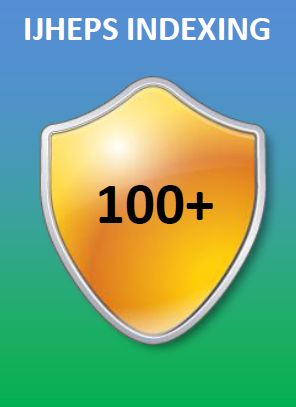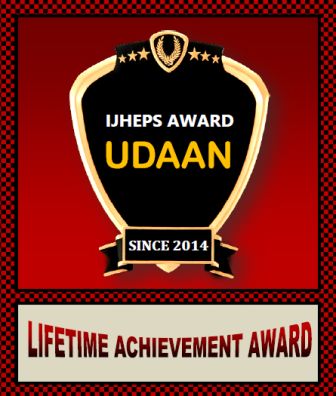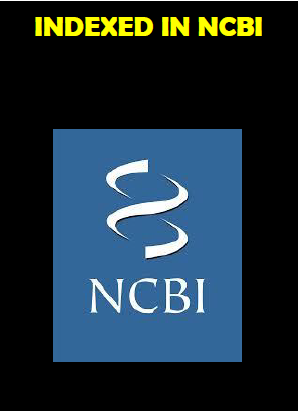
e-ISSN 2320-2955, p-ISSN 2249-2569, ISBN 978-81-909047-9-7
INTERNATIONAL RESEARCH JOURNAL OF HUMANITIES,
ENGINEERING & PHARMACEUTICAL SCIENCES
(An International Registered Research Journal) - Now IJHEPS Recommended By International Committee of Medical Journal Editors, USA
- Now IJHEPS Recommended By International Committee of Medical Journal Editors, USA
| PHARMACY | |
|---|---|
| Title | SURROGATE MARKERS OF OCCUPATIONAL, ENVIRONMENTAL STRESSORS AND FUNCTIONAL PHYSIOLOGICAL CHANGES IN HEALTHY INDIAN SUBJECTS |
| Authors | Abhilash Thomas, Satendra K Dubey, Sanesh P Jose, Malay K Samanta, Arun KP |
| Page No | 37-45 |
| Code | Int./JAN15/PH935 |
| Affiliation | J.S.S. University, Mysore, INDIA |
| Abstract | Stress response, the interaction between individual and the living environment involve sympathetic arousal, release of catecholamine such as Adrenaline, Nor-adrenaline, Cortisol and C-Reactive proteins, Tumor necrosis factor ? (TNF-?) as biomarkers of stress which affects functional physiological processes could lead to altered drug pharmacokinetic process inside body. The purpose of this study was to assess the intensity of occupational and environmental perceived stresses in healthy subjects living at various sites of Nilgiris district of Tamil Nadu and to check the psychometric properties, test retest validity and reliability by using the Perceived Stress Scale 10, a self-reported, short and easy to use questionnaire established with acceptable psychometric properties to evaluate the degree to which individuals believe their life has been unpredictable, uncontrollable, and overloaded during the previous month. Among the 128 of study subjects, more number of subjects was found under the moderate and high category of perceived stress in both men and women participants. The mean age of high perceived category men was little major (43.42±10.30) than in extreme category (40.4±10.31) while women with moderate level and high perceived stress level were mean age of 42.33±09.06, 40.96±11.57. The readability analysis such as Flesch Reading Ease Score and Gunning FOG score showed ideal acceptable ranges (70.2±7.2) for fairly eases reading. The Cronbach’s Alpha value was 0.74, which has an excellent reproducibility. The test retest validity has also done in 20 subjects (>15 % of the test population) after 14 days; in which the retest values were in the permitted limits. |
| Paper | Download |









